New research links quantum mechanics to consciousness, exploring the brain’s quantum connections
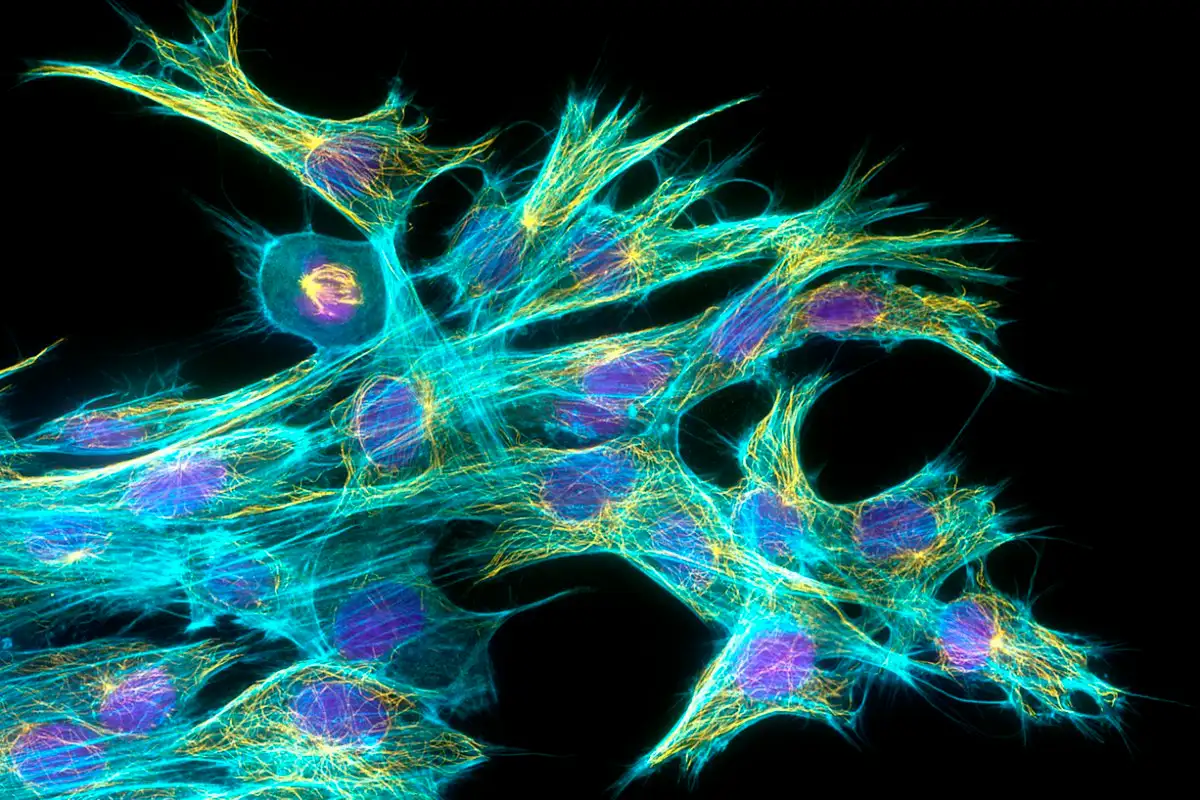

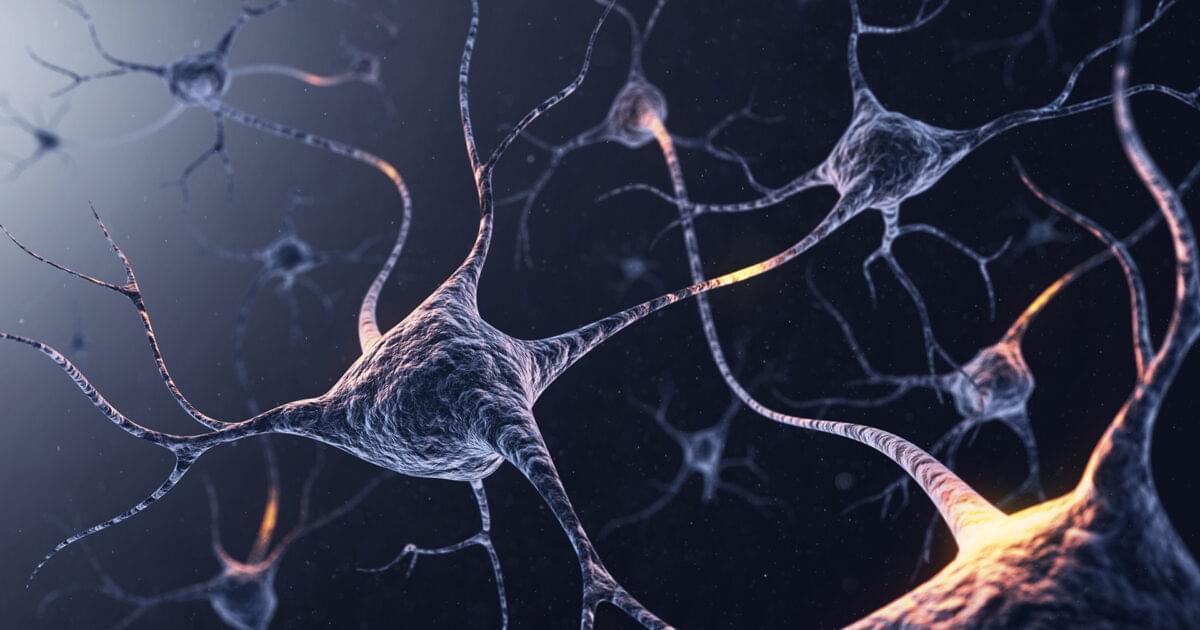
“Scientists have shown that there is ultra-weak photon emission in the brain, but no one understands why the light is there.”
If light is at play and scientists can understand why, it could have major implications for medically treating brain diseases and drastically change the way physicians heal the brain. But measuring optical transport between neurons would be no easy task.
Our brain and nerves rely on incredibly fast electrical signals to communicate, a process long understood to involve tiny bursts of electricity called action potentials that travel along nerve fibers. But scientists are now exploring whether something else might also be part of this picture: light.
Yes—light, or more specifically, photons. Some researchers have suggested that nerves might not only use electrical impulses but could also send signals using photons, the same particles that make up visible light. This idea is based on the possibility that the fatty coating around nerves, called the myelin sheath, could act like an optical fiber—just like the cables used to carry internet signals using light.
In earlier work, the researchers behind this new study proposed that light might actually be generated in specific parts of the nerve called nodes of Ranvier, which are tiny gaps in the myelin sheath that help boost the electrical signal. Now, they’ve gone a step further: using a special photographic technique involving silver ions, they’ve found physical evidence of photons being emitted from these nodes during nerve activity.
Their experiments suggest that, alongside the familiar electrical signals, nerves might also be emitting light when they fire—shining a new light, literally and figuratively, on how our nervous system might work.
Researchers have discovered a safe, non-invasive way to enhance the brain’s waste clearance system by mechanically stimulating lymphatic vessels just beneath the facial skin.

Making a discovery with the potential for innovative applications in pharmaceutical development, a West Virginia University microbiology student has found a long sought-after fungus that produces effects similar to the semisynthetic drug LSD, which is used to treat conditions like depression, post-traumatic stress disorder and addiction.
Corinne Hazel, of Delaware, Ohio, an environmental microbiology major and Goldwater Scholar, discovered the new species of fungus growing in morning glory plants and named it Periglandula clandestina.
Hazel made the discovery while working in the lab with Daniel Panaccione, Davis-Michael Professor of Plant and Soil Sciences at the WVU Davis College of Agriculture and Natural Resources. She was studying how morning glories disperse protective chemicals called “ergot alkaloids” through their roots when she saw evidence of a fungus.
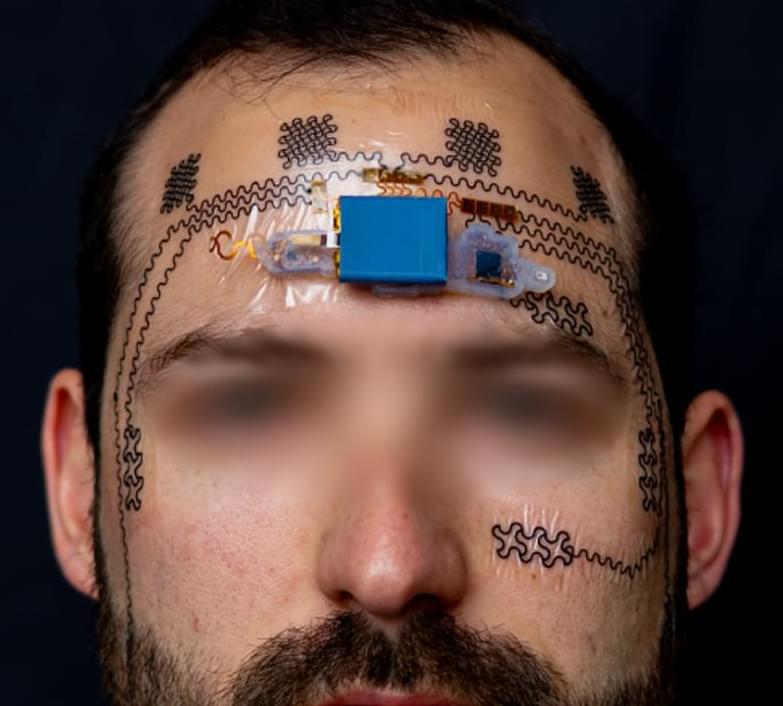
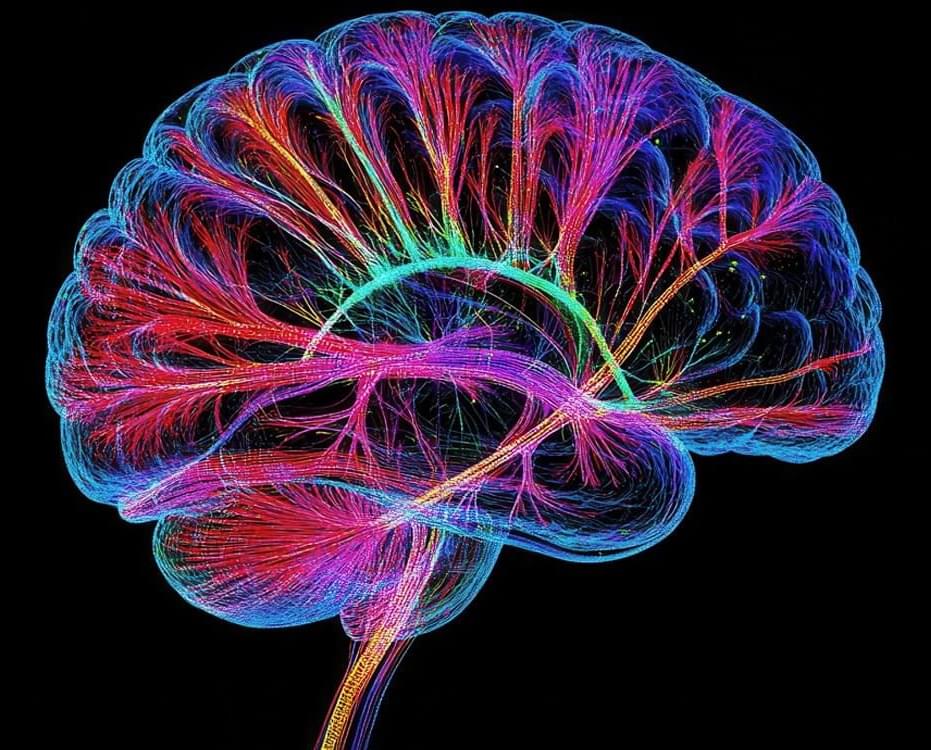

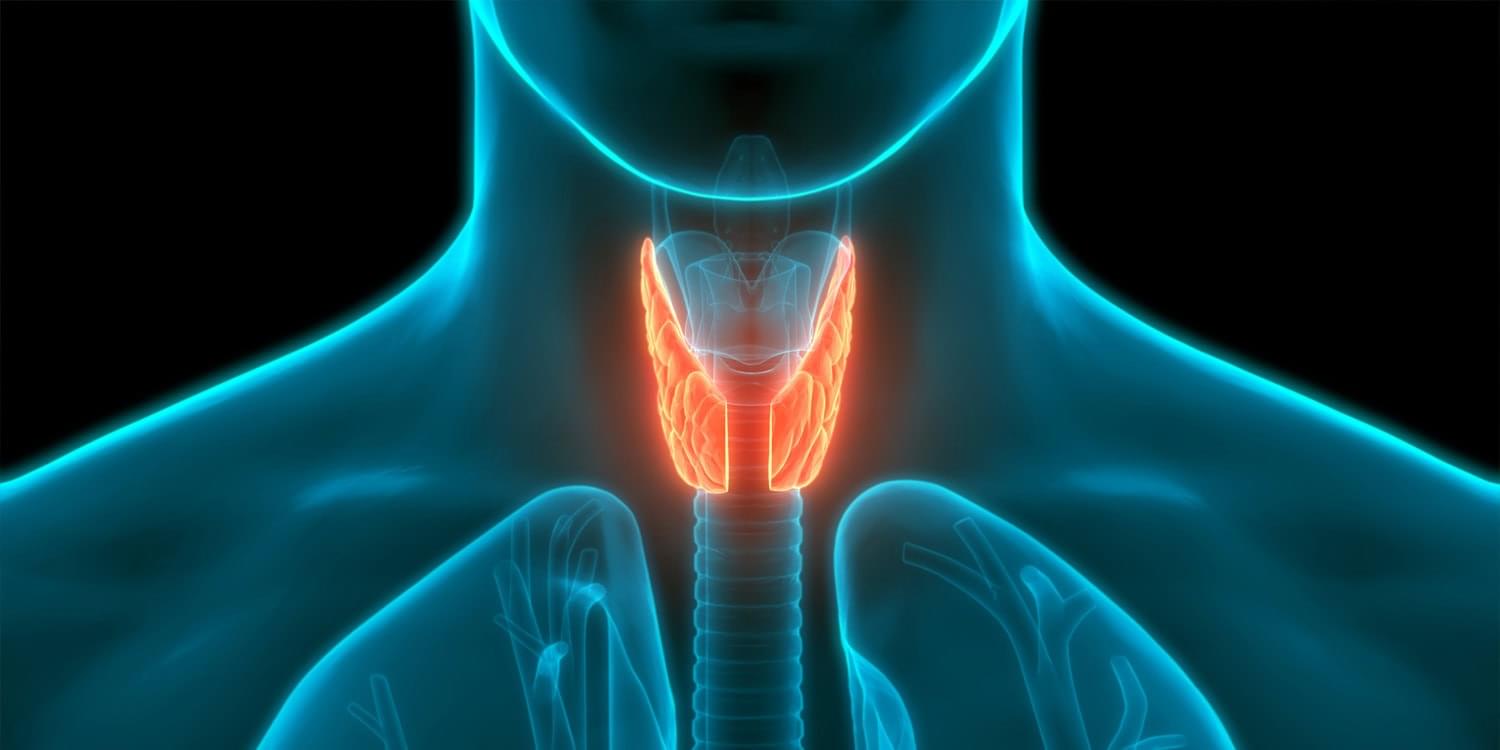
A new study published in Molecular Psychiatry suggests that the thyroid hormone system in the brain may be a powerful driver of how fear memories are formed. Thyroid hormone signaling in the amygdala—the part of the brain involved in processing emotions—was not only activated by fear learning, but also necessary for storing fear memories. Boosting thyroid hormone activity strengthened fear memories, while blocking it impaired them. These results may help uncover new treatment pathways for trauma-related disorders such as post-traumatic stress disorder (PTSD).
The amygdala is known to be essential for learning to associate danger with a particular stimulus—such as a tone paired with a shock in laboratory settings. This process, known as Pavlovian fear conditioning, has long been used in animal research to study the brain’s response to threat. Meanwhile, the thyroid hormone system has traditionally been associated with metabolism and early brain development. But it is increasingly being linked to mood, anxiety, and memory. Still, researchers have had limited understanding of how thyroid hormones influence the adult brain’s ability to store emotionally significant memories—especially in brain regions like the amygdala.
Thyroid hormones such as triiodothyronine (T3) interact with specific receptors in the brain called thyroid hormone receptors (TRs). These receptors act as transcriptional regulators: when they bind to T3, they turn on genes that help regulate brain plasticity—the brain’s ability to adapt based on experience. In their unbound state, these receptors suppress gene activity. This dual function makes them a promising target for exploring how hormones can shape emotional learning at the molecular level.

Scientists at the Institute for Basic Science (IBS) have uncovered a non-invasive method to boost the brain’s natural waste drainage system—a discovery that could open new avenues for tackling age-related neurological disorders.
In a study published in Nature, researchers from the IBS Center for Vascular Research, led by Director Koh Gou Young, along with senior researchers Jin Hokyung, Yoon Jin-Hui, and principal researcher Hong Seon Pyo, demonstrate that precisely stimulating the lymphatics under skin on the neck and face can significantly enhance the flow of cerebrospinal fluid (CSF)—the liquid that cushions the brain and helps remove toxic waste —through lymphatic vessels.
This offers a new approach to clearing brain waste using safe, non-invasive mechanical stimulation, rather than relying on drugs or surgical interventions.
